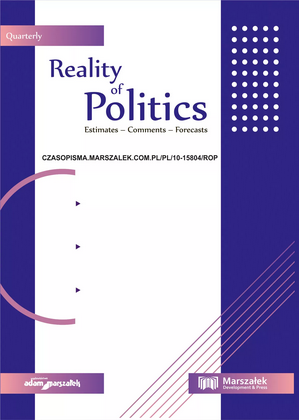The battle of Warsaw and its projections in Polish-Ukrainian relations (1920–2020)
The battle of Warsaw and its projections in Polish-Ukrainian relations (1920–2020)
Author(s): Roman TomaszewskiSubject(s): Politics / Political Sciences, Social Sciences
Published by: Wydawnictwo Adam Marszałek
Keywords: The Battle of Warsaw; ideology of 1920; social and national elites; silence/distortion of the past; the perspective of long duration
Summary/Abstract: The Great War brought about the collapse of the old world order of the 19th century. The idea of the self-determination of nations, e.g. Ukrainians, Finns, Latvians, Lithuanians, Poles, etc., or multi-ethnic societies, e.g. Czechs and Slovaks, Slovenes-Serbs-Croats-Bosnians, etc., guided the new political order in Europe in 1918–1919. It was only partially possible to implement it due to the powerful influence of nationalism or (neo)imperialisms, such as in Soviet Russia and the USSR, or later with the Third Reich. In 1920, the societies of Ukraine and Poland tried to find an indirect path. The Polish-Russian / Soviet-Ukrainian war, symbolized by the Battle of Warsaw in 1920, turned out to be a breakthrough in these actions. On the basis of the effects of this so-called “dwarf war”3 gave rise to a new political and ideological imperialism in the USSR, as well as an ideology (1920) as a platform for cooperation and understanding between Poles and Ukrainians.
Journal: Reality of Politics. Estimates - Comments - Forecasts
- Issue Year: 14/2020
- Issue No: 4
- Page Range: 160-185
- Page Count: 26
- Language: English

